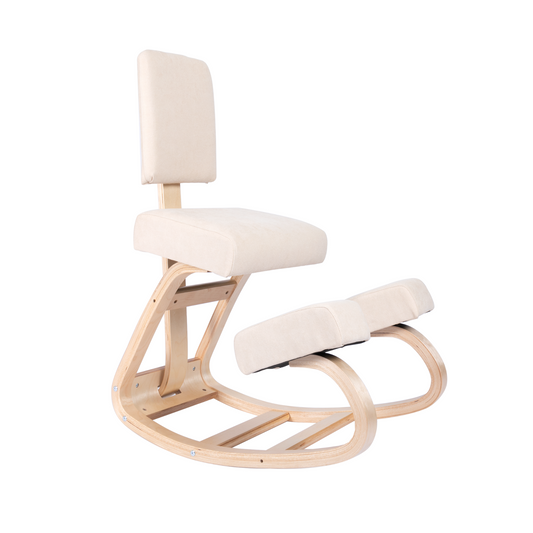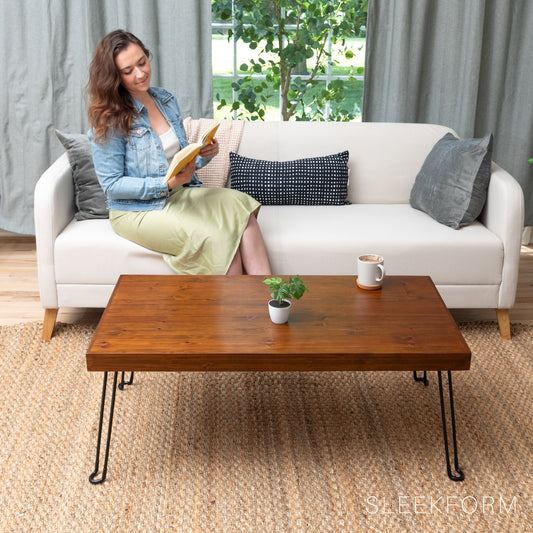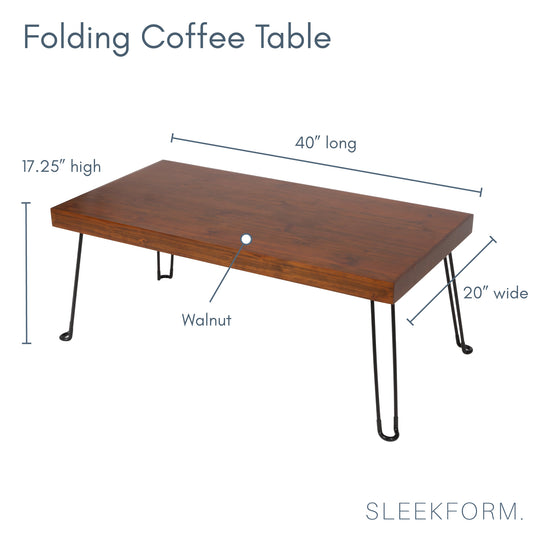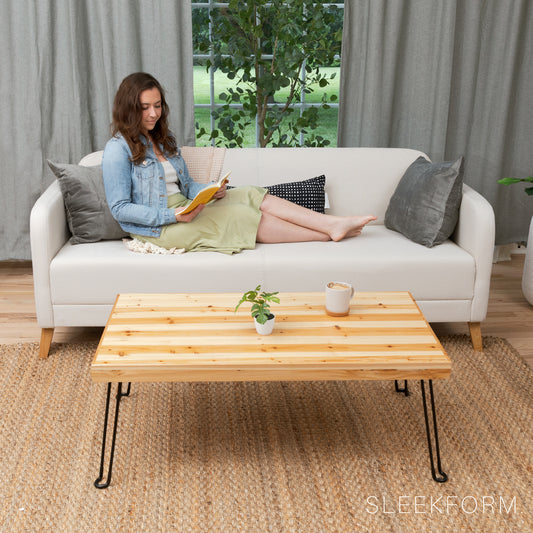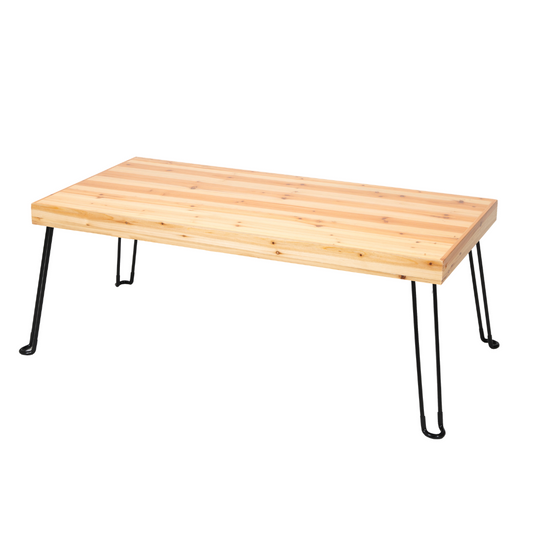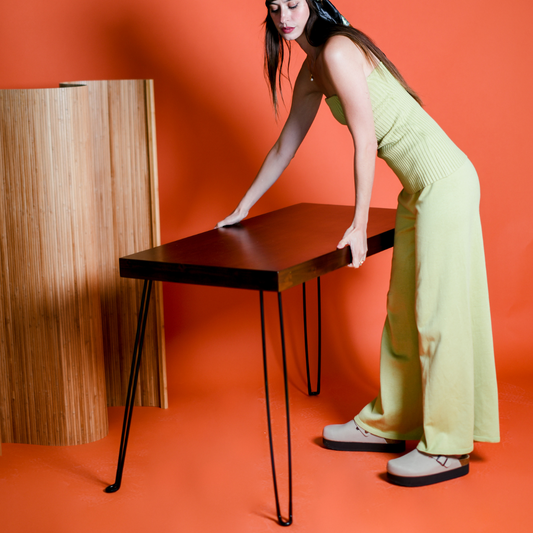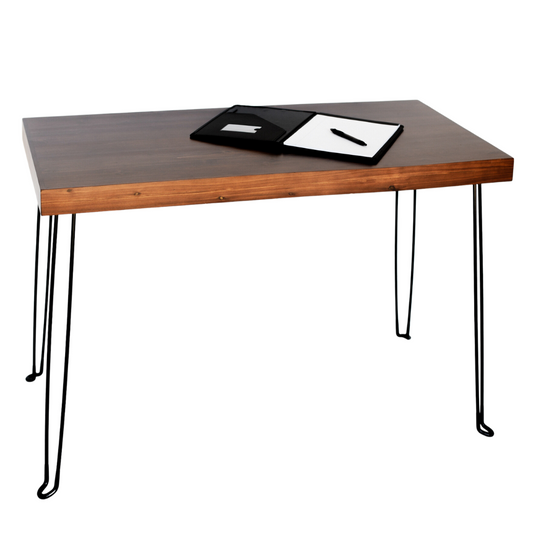Experiencing Back Pain At Work?
According to The American Institute of Stress: 77% of people experience stress that affects their physical health. 30% of people who said they experience stress while working say it caused them to suffer from chronic back pain.
Things really kicked into high gear 6 weeks ago for all of us and every day since then has been a wild ride.
Tension can be added to our system in an instant and can continue to pile up and spread to other parts of the body. If you hold tension in your shoulders it will quickly move up your neck and down your spine and before you know it your productivity is slipping, your sleep is interrupted and then all of a sudden you’re a real-life Oscar the Grouch and feeling like trash.
Back pain is frequently developed from the repetition of certain habits and is more prominent when stress and exhaustion are also present- like during a pandemic.
There are a number of things we can do to help us be more mentally and emotionally mindful of this, and keep those stressful thoughts at bay.
Meditation, list-making, talking it out and writing it down are just a few ways that can help, but do you know how to be mindful of the physical stresses you are embodying?
Extreme tension can show itself in a variety of ways in the body.
- Shoulder tension (Are your shoulders up around your ears or pinched in close to them?)
- Slumped spine (Do you hunch when you sit?)
- Tight or clenched jaw (Do you wake up with a sore face?)
- Breath held high up in the chest (Do you feel out of breath when speaking in front of people?)
- Tight voice (Do you get hoarse a lot?)
- Incoherent speech (Are people always asking you to repeat yourself?)
If we want to rid ourselves of its unwanted pain, it is important that we reign in our stress levels to get control over it. Tension work a lot like dominos: if you have it in one place, you will inevitably see it spread into other places, and often quickly. It’s important to focus on where you’re predominantly tight to help release the tension you’re experiencing all over.
A few important things to remember about stress:
Stress means different things to different people.
What causes stress in one person may be of little concern to another, but that doesn’t make it any less valid or legitimate. Maybe you’re feeling fine and your spouse isn’t or vice versa- remember some people are better equipped to handle stress than others and we need to try our best to be sensitive to that.
None of us are equipped to handle long-term, chronic stress without consequences.
According to the American Institute of Stress, the top causes of stress include Money, Work, The economy, Family responsibilities, Relationships, Personal Health + Safety, Job stability
Everything on this list has the possibility to be affected by what’s going on in the world right now, so if you’re feeling stressed… it makes perfect sense, dude. So take a deep breath. Give yourself a break. Your feelings are valid.
Repressed emotions are going to be a pain- literally
If you’re trying to bottle everything you are significantly increasing your chances of having the stress manifest itself into your physical body in the form of tension, discomfort, and illness. Our best solution for this is to find someone (a friend, co-worker, family member) and to try your best to open up and work through what you're feeling. If that doesn’t feel possible, try writing it out. Writing in a stream of consciousness can help unpack what’s going on in our minds. It doesn’t matter how you get it out, but what’s important is that you do get it out of your head and out into the open, somehow.
To help you locate your places of tension we’ve created this checklist to assist in guiding you from top to bottom in order to effectively evaluate your focus points.
The Neck and Head
- The ideal situation for the neck should be for it to feel balanced and the muscles flexible. Our neck has the big responsibility of taking care of our heads- we should care for it in return.
- The head should rest at the top of the spine, neither tucked in, pushed forward, nor pulled back. The tension in the head and neck will result in jaw tension and the words you speak will become trapped in the throat.
How do you know if your neck is in the right placement?
- Place your thumb and pinky finger in the position you would if you were pretending to talk on the phone. 🤙
- Place your thumb on the edge of your chin and your pinky on the middle of your chest.
- Do you feel the back of your neck lengthen? There it is. The right neck position.

The Shoulders
- Your shoulders should hang easily without being lifted, braced, or pulled back.
- Stress attacks the shoulders before it does other areas, so your awareness here is of vital importance.
- Tension gathered in the shoulders will stop your breath’s ability to flow in and out and can reduce vocal flexibility.
How do you know your shoulders are in the right position?
- Stand with your feet shoulder-width apart or sit at the very edge of a chair with your feet placed firmly on the ground.
- Put your arms up over your head and drop them back down to your sides.
- The position you’ve just been placed in is how your shoulders should always be…. Is this how you normally sit/stand? Hmm… maybe we need to focus some attention on our shoulders.
The Jaw
- The jaw should rest free, neither with the teeth clenched or the lips pursed.
- Your tongue should be released from the roof of your mouth and should gently rest against your bottom teeth.
- Stress digs in deep around the mouth and you have to really exercise it away especially if this is one of your focal points.
- Do you have a spare wine cork in your house? Great! Go get it. Don’t have a wine cork? Try a thick marker or tube of lipstick!
- Place the cork between your front teeth by simply dropping your lower jaw- this may already be difficult for those of you with a really tight jaw.
- Leave the cork there for 3-5 minutes, or until you start to feel tired. Once you take it out let your jaw hang loose for a while.
The Spine
- The spine should be up and free, not rigidly ramrod.
- The position of the spine is critical to your whole breath system and vocal freedom.
- It is literally the backbone of and center of the body.
- When you tighten or slump the spine it not only affects the breath, voice, and speech but also our thinking, feeling and self-esteem. Remember, our spine is the passageway for your central nervous system.
How do you loosen the spine?
- Carefully, stand with your feet shoulder-width apart and start by folding over from the hips, letting your arms flow below your head gently brushing against the floor, or hold onto opposite elbows.
- If you are able, sway from side to side for a minute, consciously breathing into your back ribs.
- Slowly roll up, vertebrae by vertebrae, using your hands against the front of your legs to support you. Bring your head up last.
- Once standing let your head loosely wobble side to side like a bobblehead. Repeat a few times until you feel released.
The Upper Chest and Rib Cage
- The upper chest should be open and still when breathing, neither lifted or collapsed.
- The tension in the upper chest will hinder the breath from going deeply into the body and after a few minutes of speaking, you’ll notice the tension will grip the throat.
- Like the spine, the back rib cage should not be constrained but open freely and easily to allow a deep breath to enter the body. Often this area is held, stopping the breath, or pulled in, which tightens the upper chest and stomach areas.
- Remember: Each part of the body is linked to the other.
How do you loosen the rib cage?
- There are all kinds of tissue and muscle in between each rib. Pick a side to start with and bring one arm up and over your head.
- With your opposite hand slowly start (gently!) massaging in between each rib. This WILL feel tender. As you massage you will feel space being created between each rib.
- When you bring your arm down you’ll feel the difference between your sides. Flop your other arm over your head and start in on the other side.
Stomach and Abdominal Area
- These should remain relaxed, neither pulled in or forced out but easily responsive to the inspiration that calm breathing produces.
- Lay on your back and just breathe normally- this is called quiet tidal breathing.
- After a few calm breaths locate the bottom of your sternum (the bone in the middle of your chest where your rib cage meets) and press gently into the soft tissue just below the bone.
- Slowly work your hands across your abdomen gentle pressing into the muscles, continuously breathing.
- The muscles around your diaphragm can often become tense and tight, so as you press it’s normal to feel small spasms- that’s a good thing, your body is releasing its tight hold.
The Legs

- Our legs and particularly our thighs, naturally bear the weight of our tension.
- If your thighs are clamped this will end up tightening the lower back and spine.
- Another place tension likes to sneak up on you is in your knees.
- Your knees should always be unlocked- for some people this comes naturally, for others hyperextension and locking happens without even thinking.
- Knee locking creates serious tension and can even cause shaking in the body, a held breath, the tension in the spine, throat and even jaw and tongue.
How do you loosen the legs?
- A good place to start with releasing tension in the legs is through the bottom of the feet.
- For this exercise, you’ll need a small or medium-sized bouncy ball just like the one that you used to covet as a child.
- This exercise is done standing. Please hold on to a support for balance as needed.
- Place the ball on the floor and pick a foot to start with. Place as much weight as you can handle (be gentle, this hurts…) and begin to roll the ball under your foot. This will loosen so many tiny muscles you didn’t even know you had.
- Once you’ve had enough… go a little bit longer. Then place your foot flat on the ground. You’ll be amazed at how much wider, and flat your foot feels.
- Switch sides and loosen out your opposite foot.
Each of these exercises above is just one of many ways you can begin to release the tension on your own. We recommend making a self-evaluation a part of your regular self-care routine, especially during this period of isolation.
The best way you can care for yourself right now is to simply be aware of what you're feeling and identifying the things you can let go of, both emotionally and physically. Try your best to stick to some sort of routine throughout your day and ask yourself what it is that you think you need. Stress and emotional lows are a part of life so we need to make sure we have the coping mechanisms in place to make sure that they don’t take over. Identifying where we are physically holding tension and changing the way we sit learning how to release it is a great first step towards feeling more like your old self
How do you like to cope with stressful times? Let us know in the comments or send us an email at hello@sleekform.com



